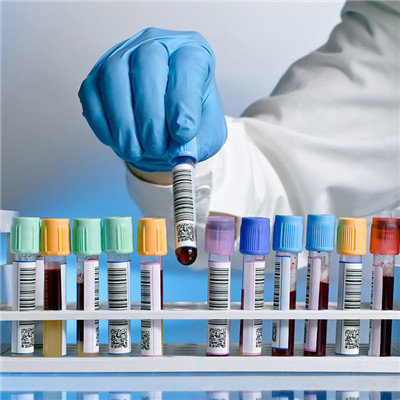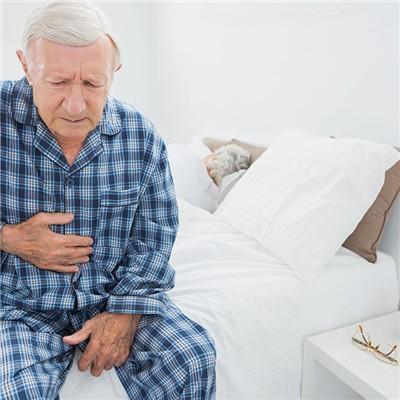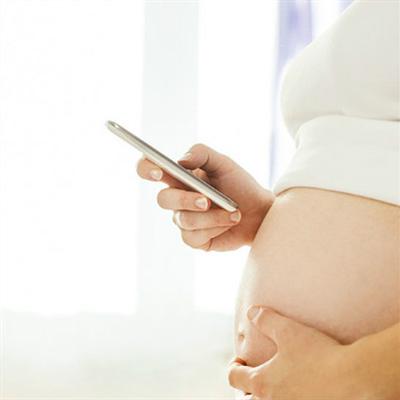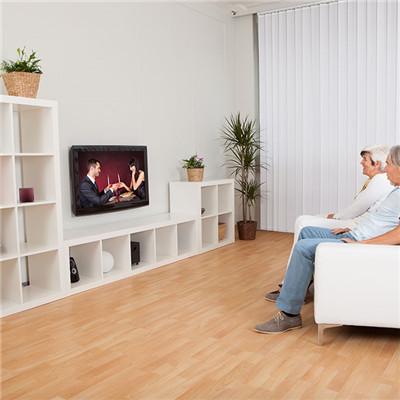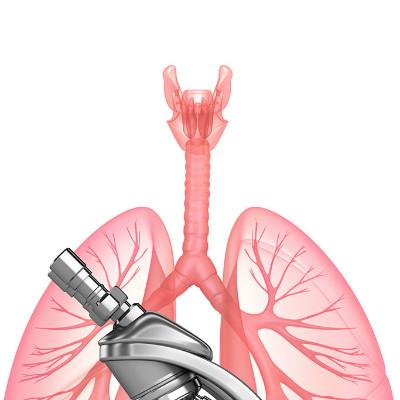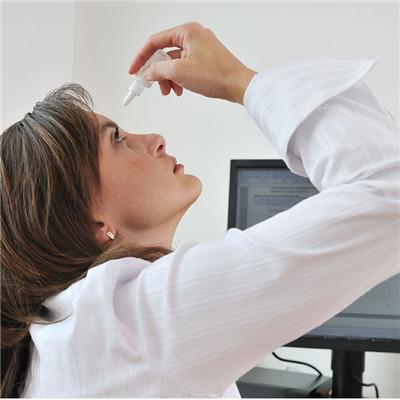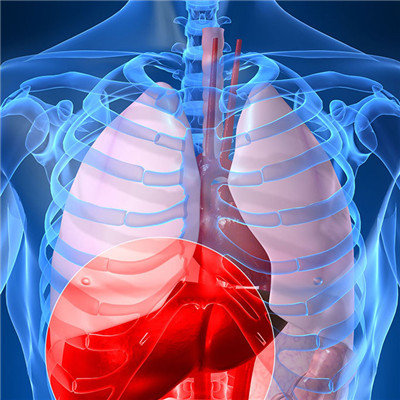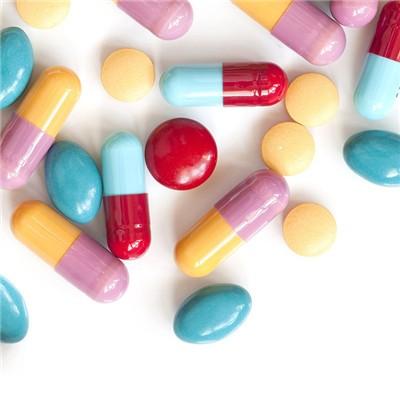The early symptom of bedsore?
summary
Bedsore in some long-term bedridden elderly patients is more common, mainly due to local tissue compression caused by a phenomenon of skin tissue necrosis, long course and difficult to heal, so for some long-term bedridden patients or the elderly, we must pay attention to observation, once found a long bedsore phenomenon, to deal with in time. So what symptom does bedsore have early? Let's get to know.
The early symptom of bedsore?
The obvious symptom after suffering from bedsore is that the skin will change, and local tissue damage can occur. That is, the color of subcutaneous soft tissue can change when it is under pressure, such as purple or maroon, and some can also lead to congestive blisters. Compared with the normal tissue, the soft tissue of the damaged skin may have pain, hard mass, or sticky exudation, moisture, and the affected area may also have a feeling of fever or cold.
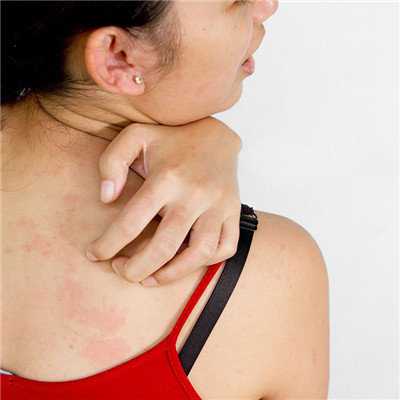
For the skin of long bedsore, the range of color depth can change from red to white, without tissue loss. With the development of the disease, the deep damage can extend to the muscle or joint capsule and bone. At the same time, if you pay attention to the observation, you will find that there are redness and swelling around the wound. At the same time, you will feel hot and painful. Some of them may have local inflammation. If there is suppuration and stench, it means there are signs of local infection. If there is fever, it means there is a reaction in the whole body.
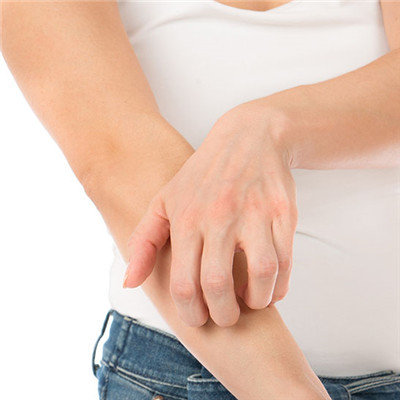
Early symptoms are generally relatively light, if not treated at this time, then slowly will further develop, leading to bedsore damage, ulcers, leading to loss of skin tissue, slowly invading into the lower dermis, muscle layer, bone surface, etc., leading to the spread of infection, bringing more serious harm, and if developed to the late stage, then often the sore is difficult to heal.
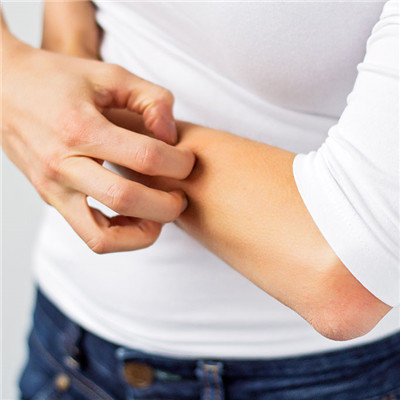
matters needing attention
To avoid long-term local pressure, turn over regularly. It's better to turn over every 2-3 hours. Massage the pressure parts frequently. If necessary, use a steam pad or sponge pad to pad the pressure parts, especially the sacrococcygeal part. When moving the patient, move quickly. Avoid pushing and pulling the patient. Change the sheets frequently. Keep the sheets clean, flat and dry. After defecation, clear the stool in time, Scrub with warm water to avoid local stimulation to prevent bedsore.
